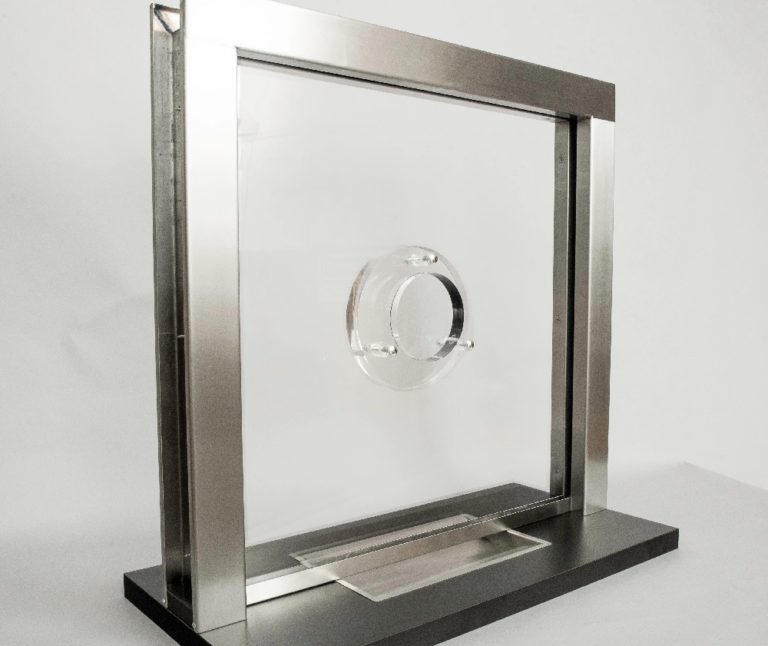
Teller windows, often seen as transactional points in banks and other service-oriented businesses, can be both barriers and bridges in the complex web of human interaction. While teller window provide a physical boundary, they also serve as bridges for meaningful connections. The key lies in how they are used, and understanding this duality can shed light on the role of teller windows in fostering relationships.
The Barrier Aspect
- Security and Privacy: One of the fundamental purposes of teller windows is to ensure security and privacy during financial transactions. They create a barrier that physically separates the customer from the teller, minimizing the risk of unauthorized access or theft. This barrier serves as a protective shield, safeguarding sensitive financial information.
- Transactional Efficiency: Teller windows streamline financial transactions by providing a structured environment. The barrier helps maintain order in crowded spaces, preventing chaos and ensuring efficient service. In busy banks or during peak hours, this barrier is indispensable for managing the flow of customers.
- Preventing Physical Contact: In situations where physical contact needs to be minimized, such as during a pandemic, teller windows act as a barrier to prevent the transmission of diseases. This protective measure ensures the safety of both customers and tellers.
The Bridge Aspect
- Personal Interaction: Teller windows are not just about transactions; they facilitate personal interactions. The human teller on the other side of the window can provide guidance, answer questions, and offer assistance. This human touch bridges the gap between customers and institutions.
- Building Trust: Over time, regular interactions at the same teller window can foster trust and familiarity. Customers often return to the same teller they’ve developed a rapport with, creating a sense of connection and reliability. This trust can extend beyond financial matters, creating a stronger bond.
- Empathy and Understanding: Teller windows are places where customers can share their financial concerns and challenges. An empathetic teller can provide more than just a transaction; they can offer support, solutions, and a listening ear. This emotional connection can be a lifeline during tough times.
- Community Engagement: In smaller towns and neighborhoods, teller windows often serve as hubs for community engagement. Customers might meet friends, neighbors, or local business owners while conducting transactions, fostering a sense of belonging and community spirit.
Balancing the Equation
Finding the right balance between the barrier and bridge aspects of teller windows is crucial. Too much emphasis on the barrier can create an impersonal, cold atmosphere, deterring customers from forming meaningful connections. Conversely, excessive focus on the bridge aspect may compromise security and transactional efficiency.